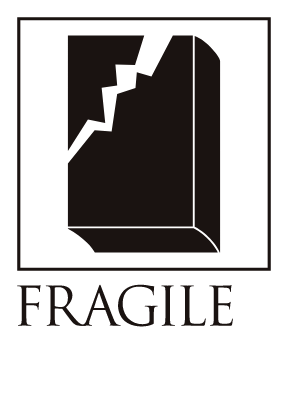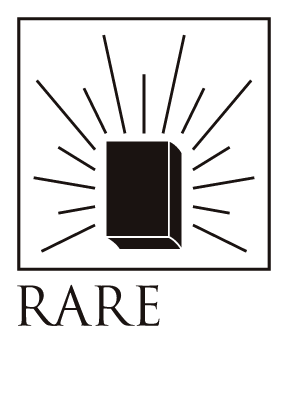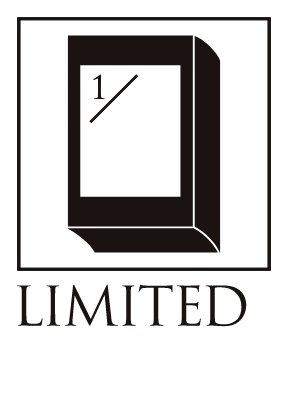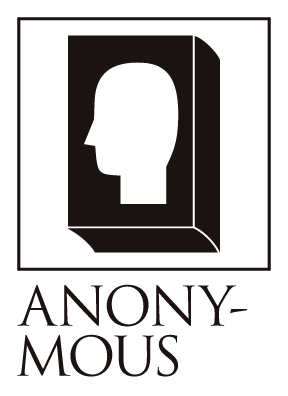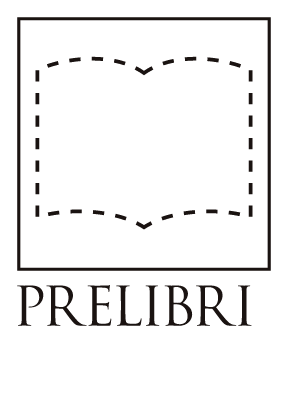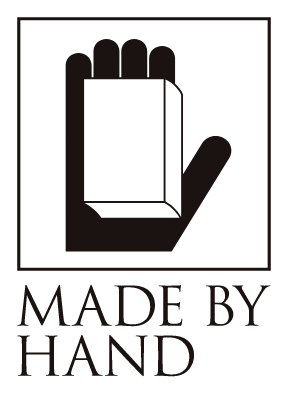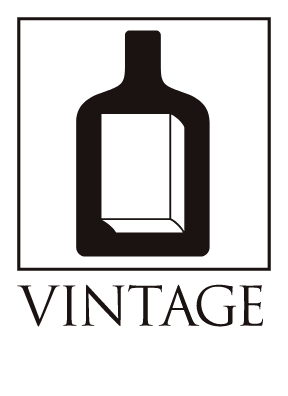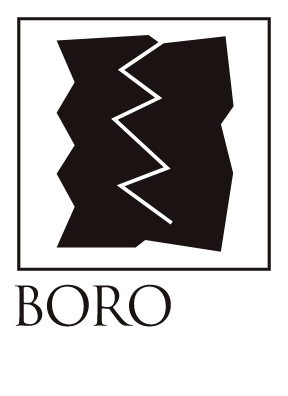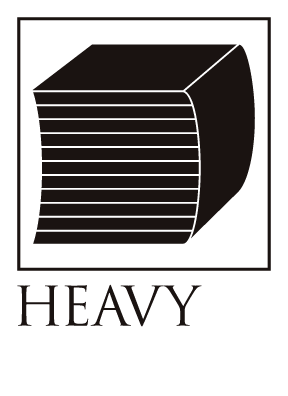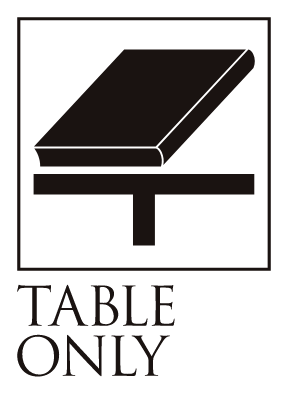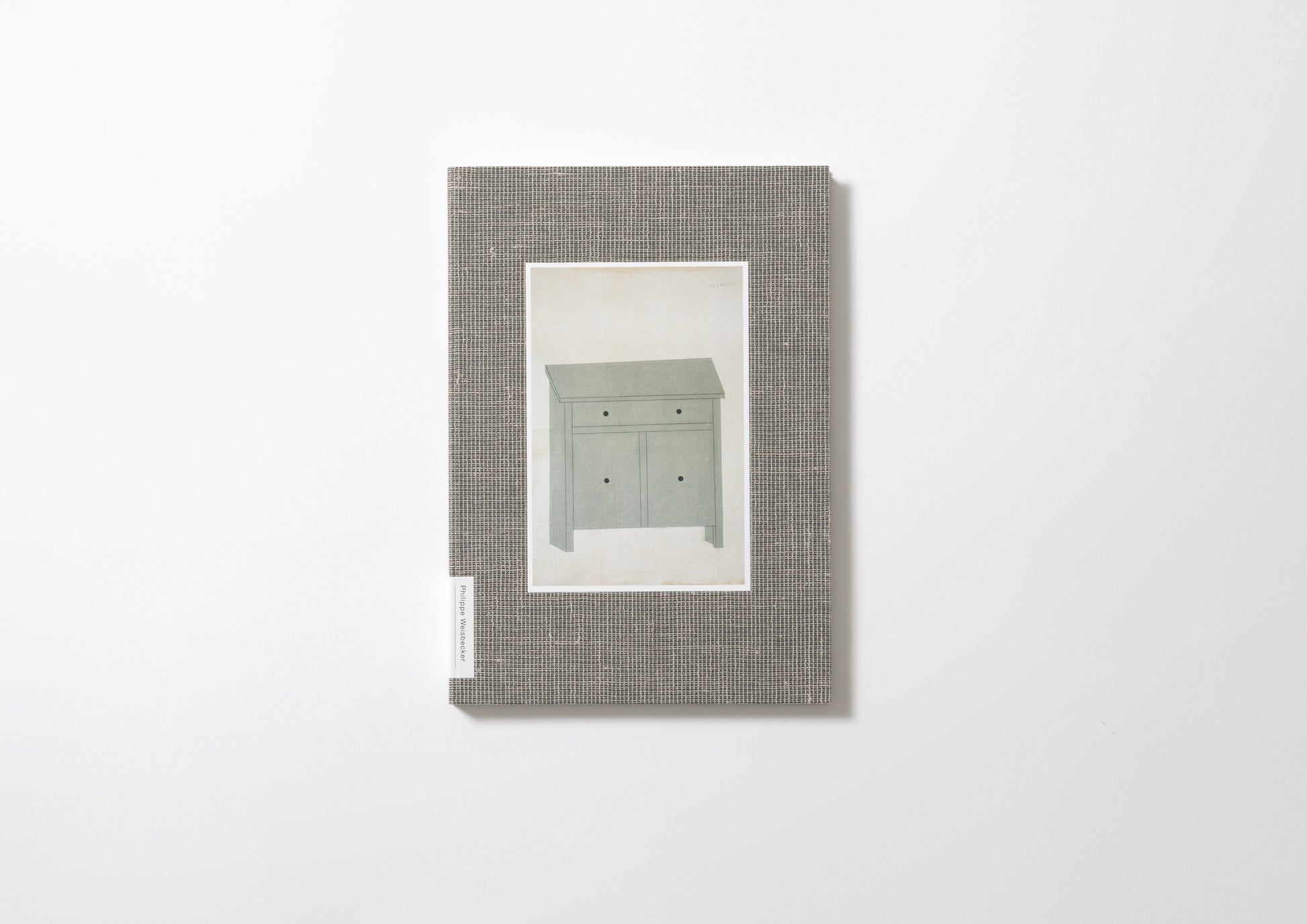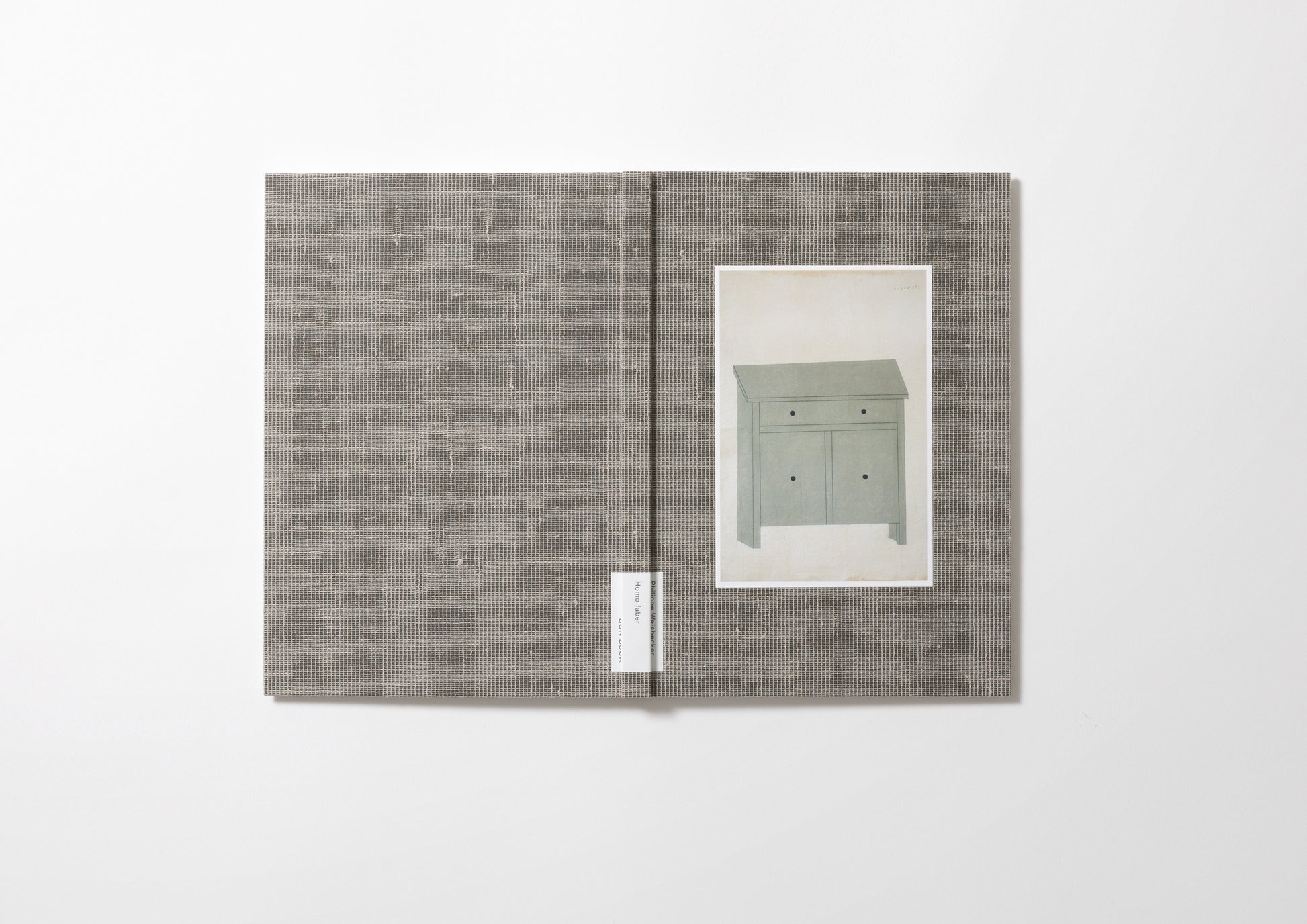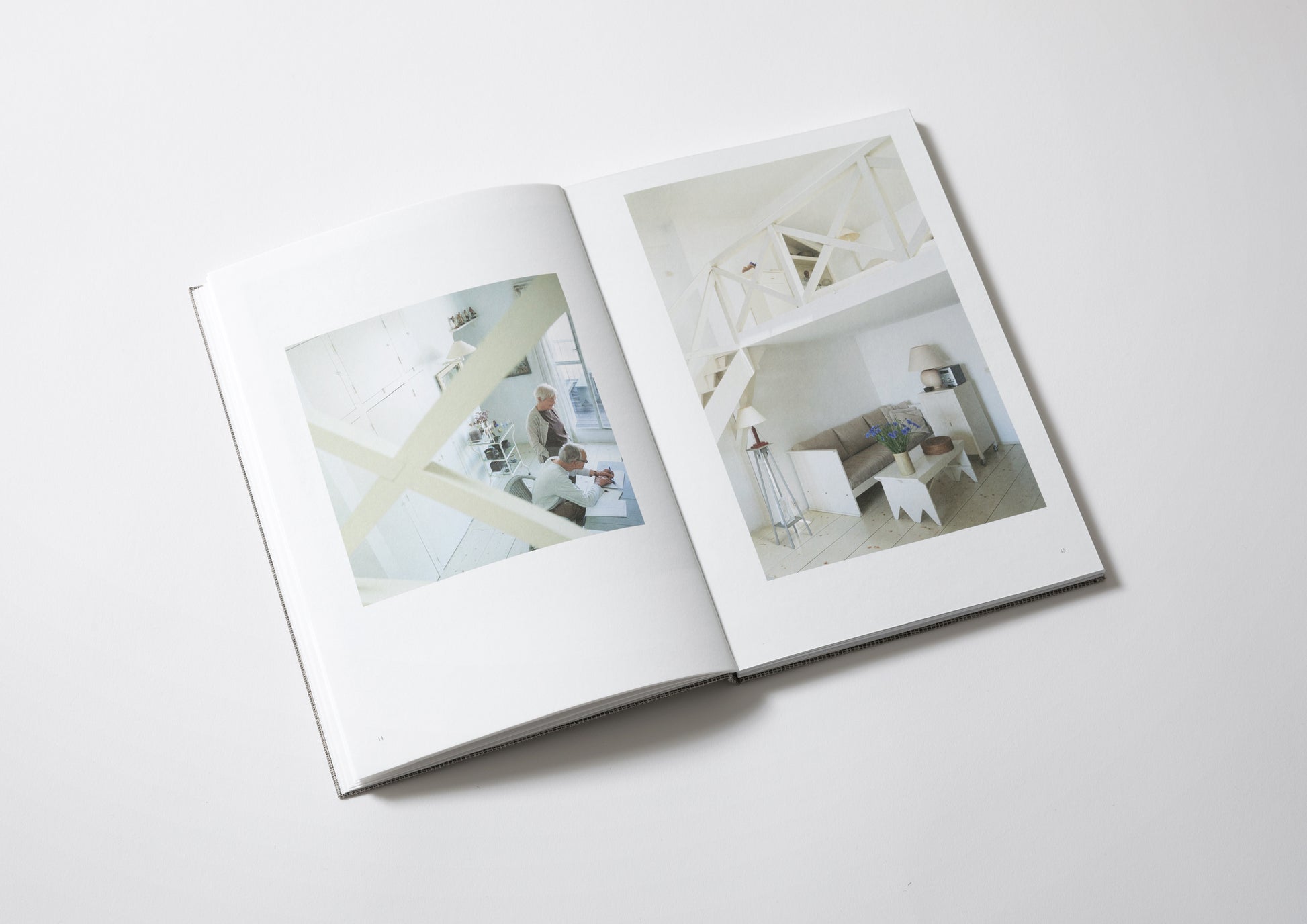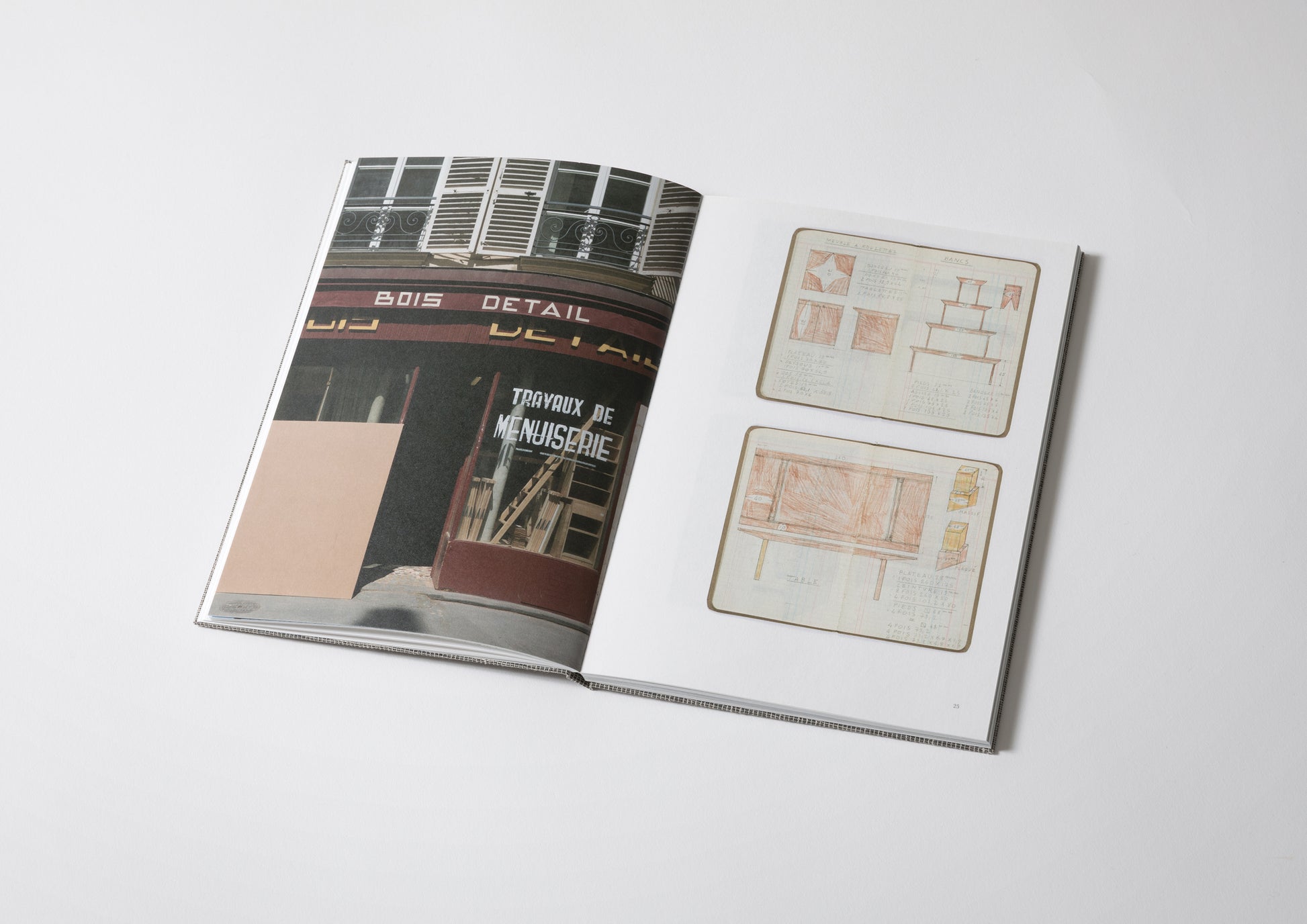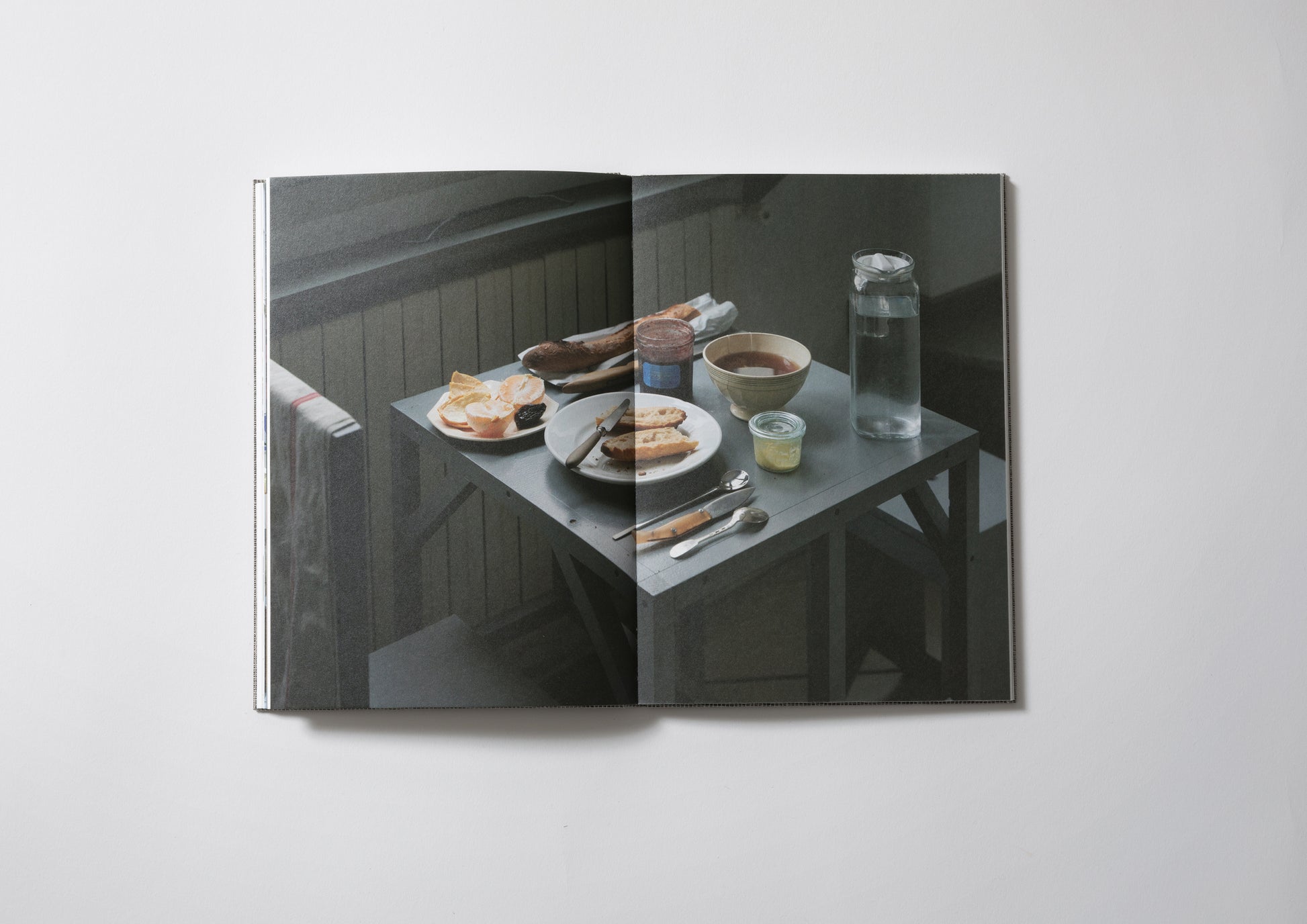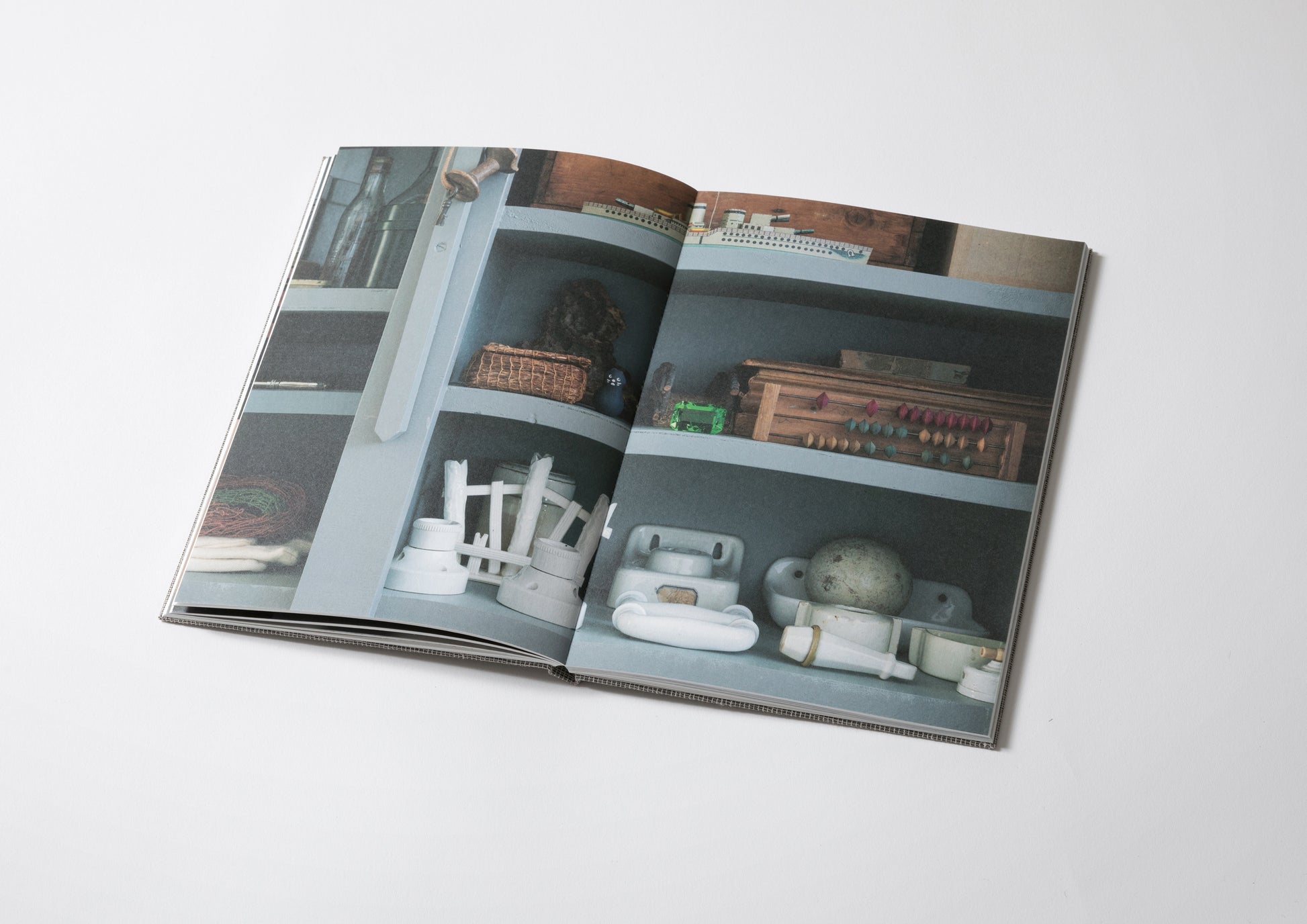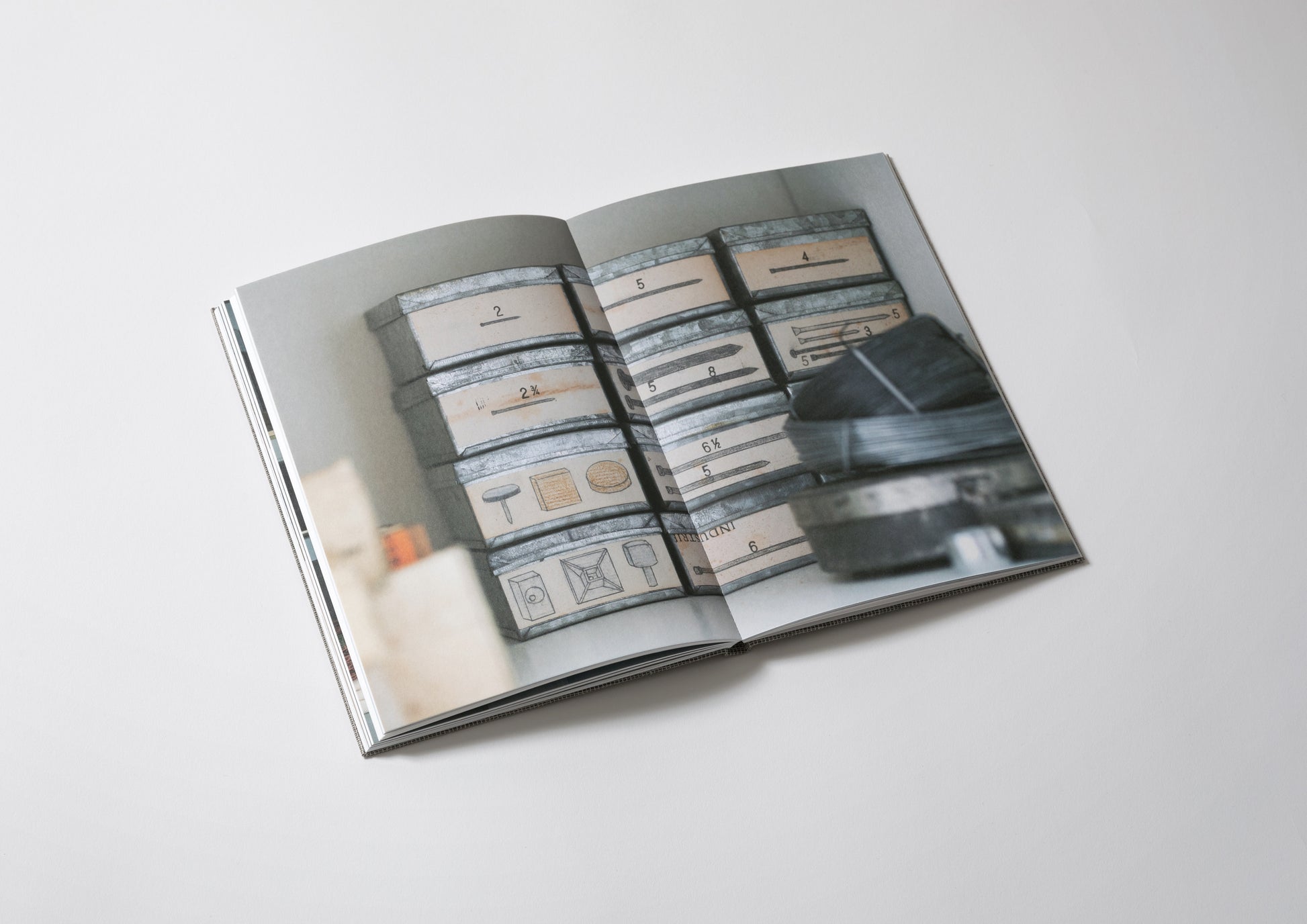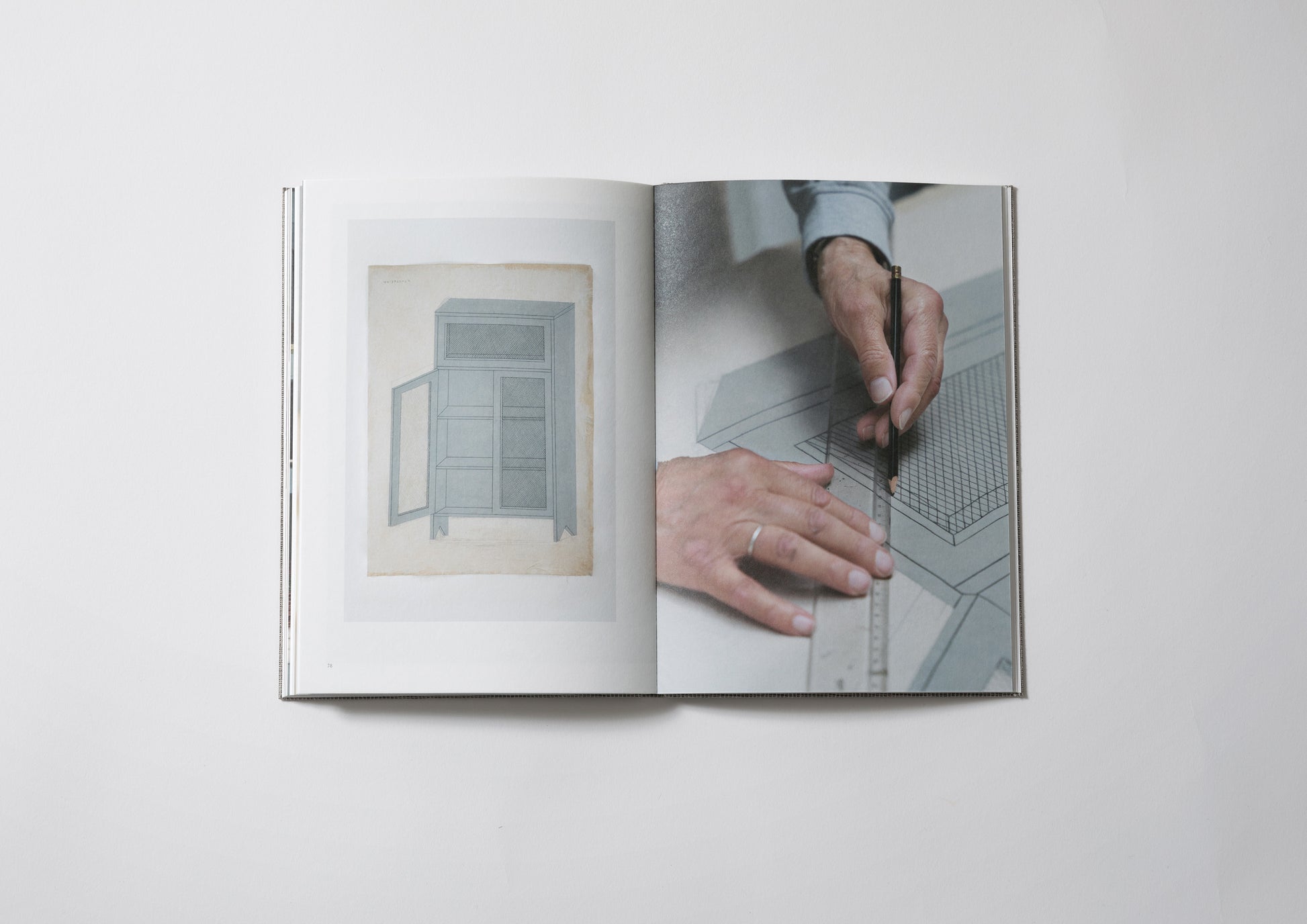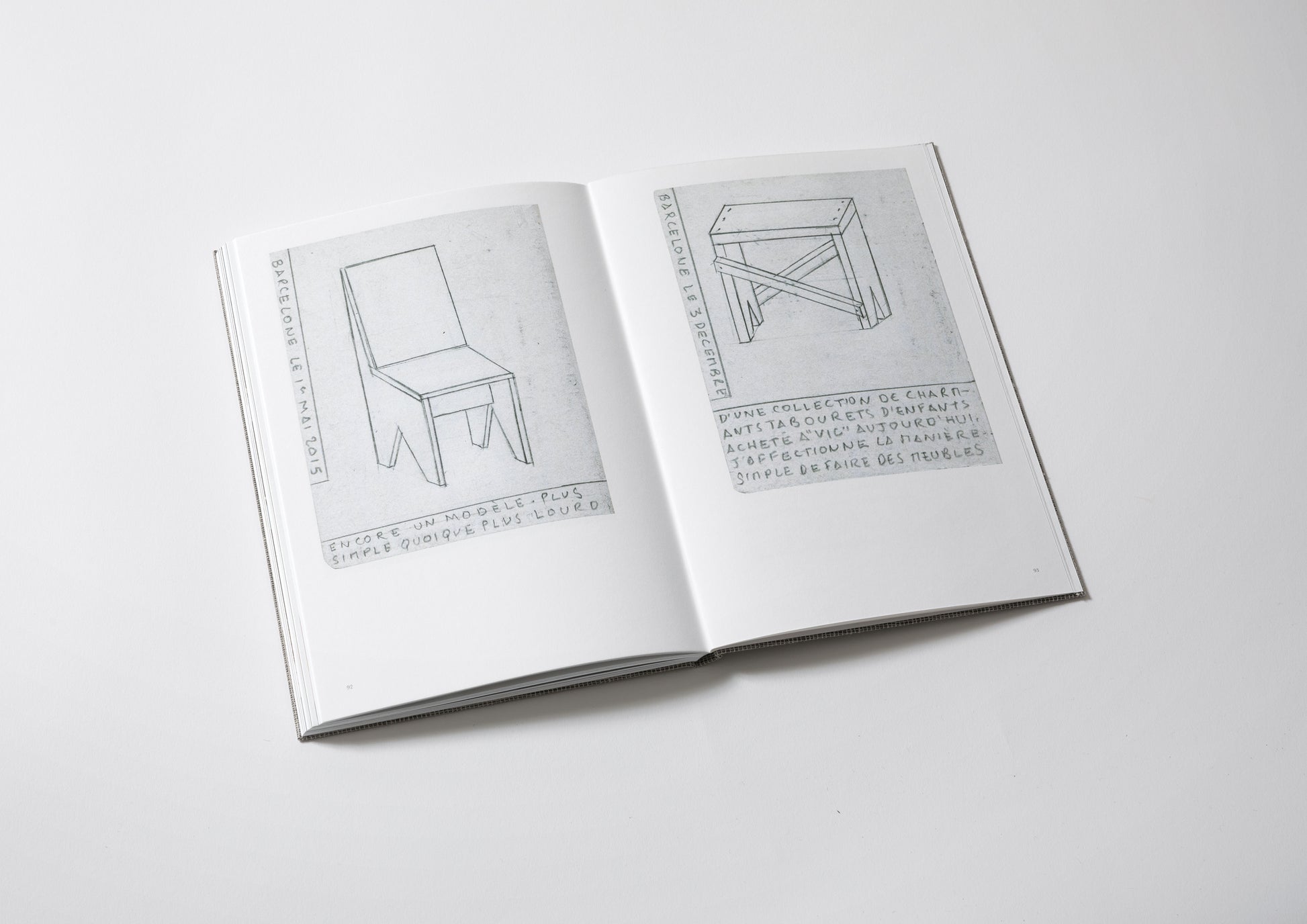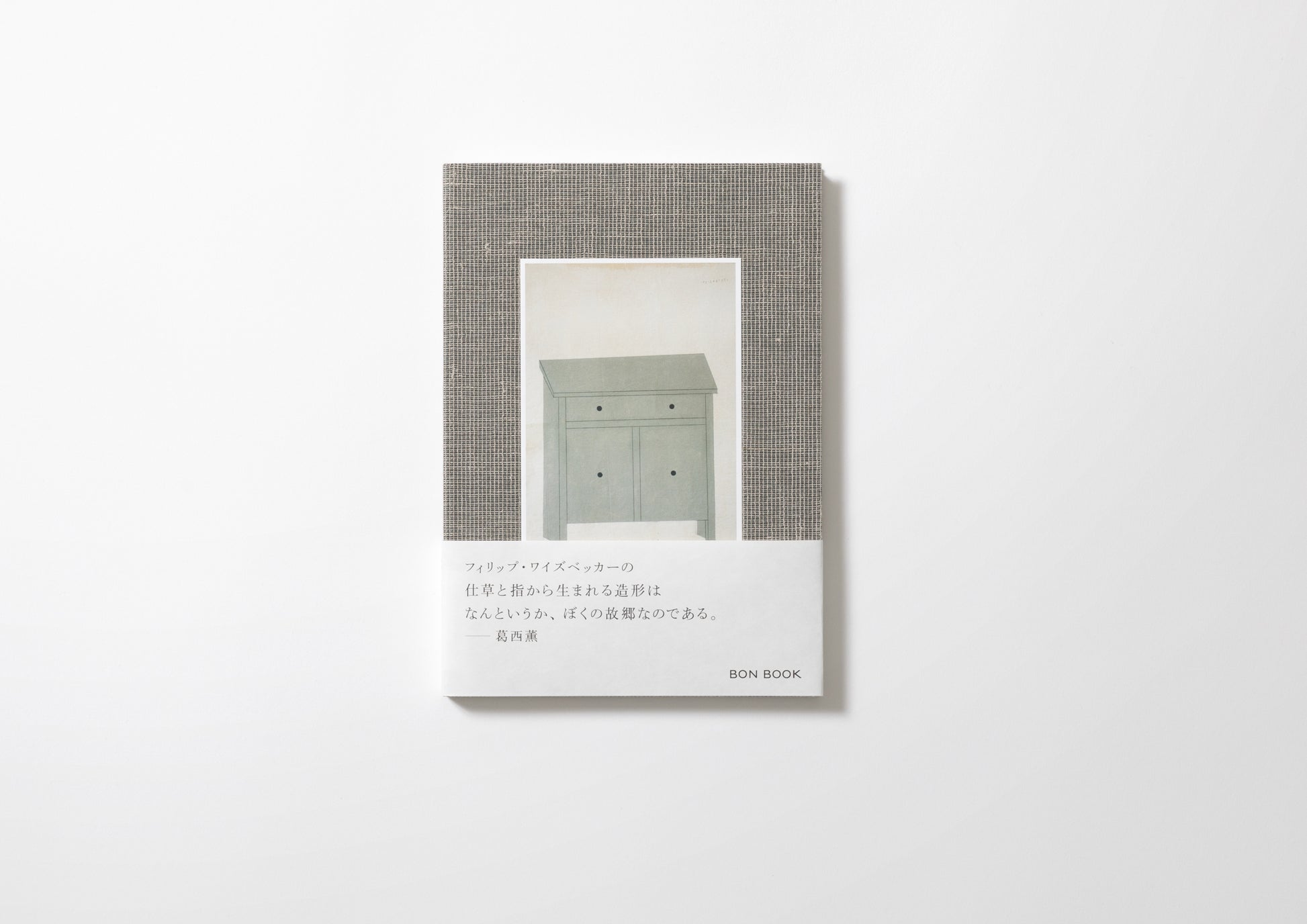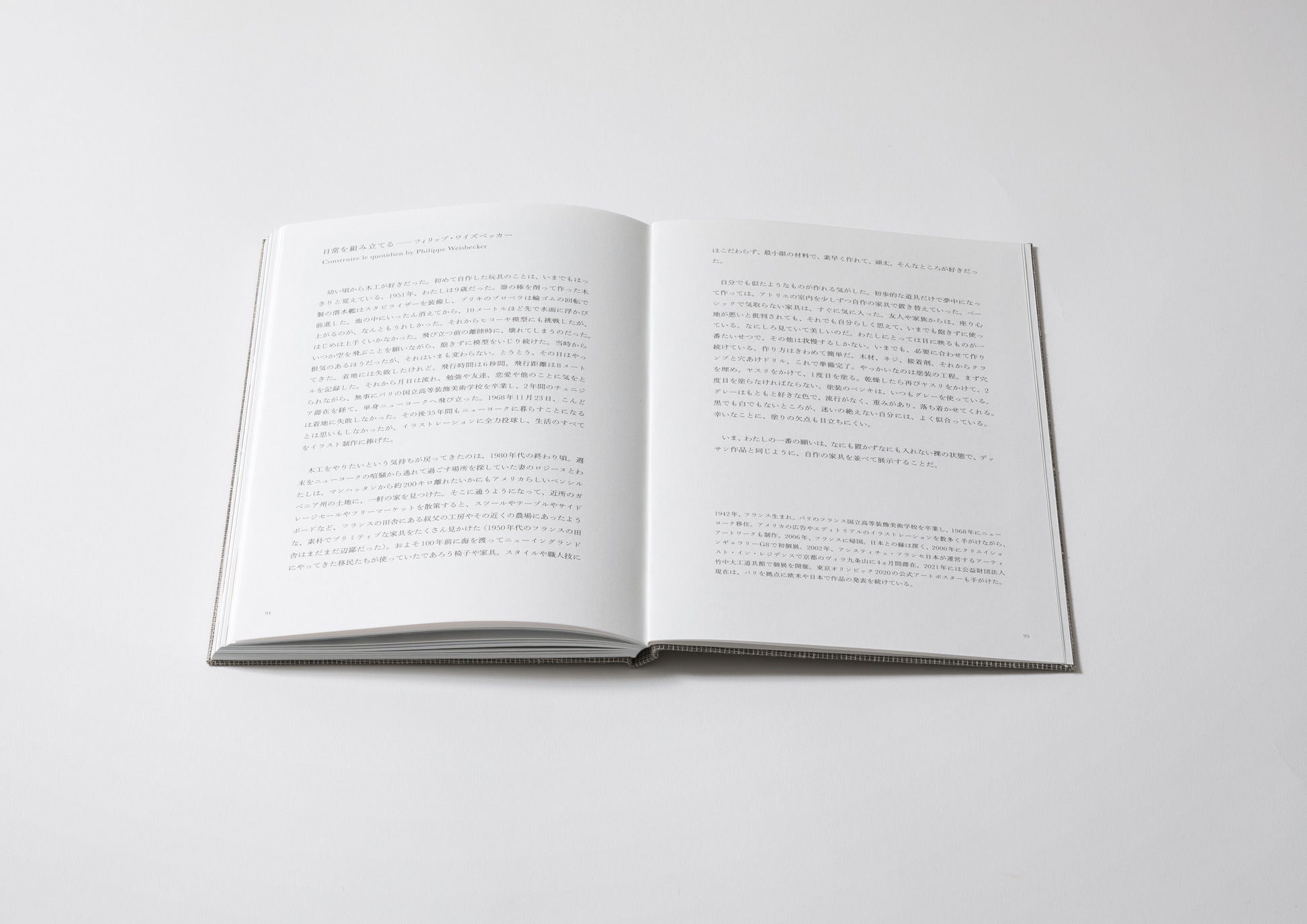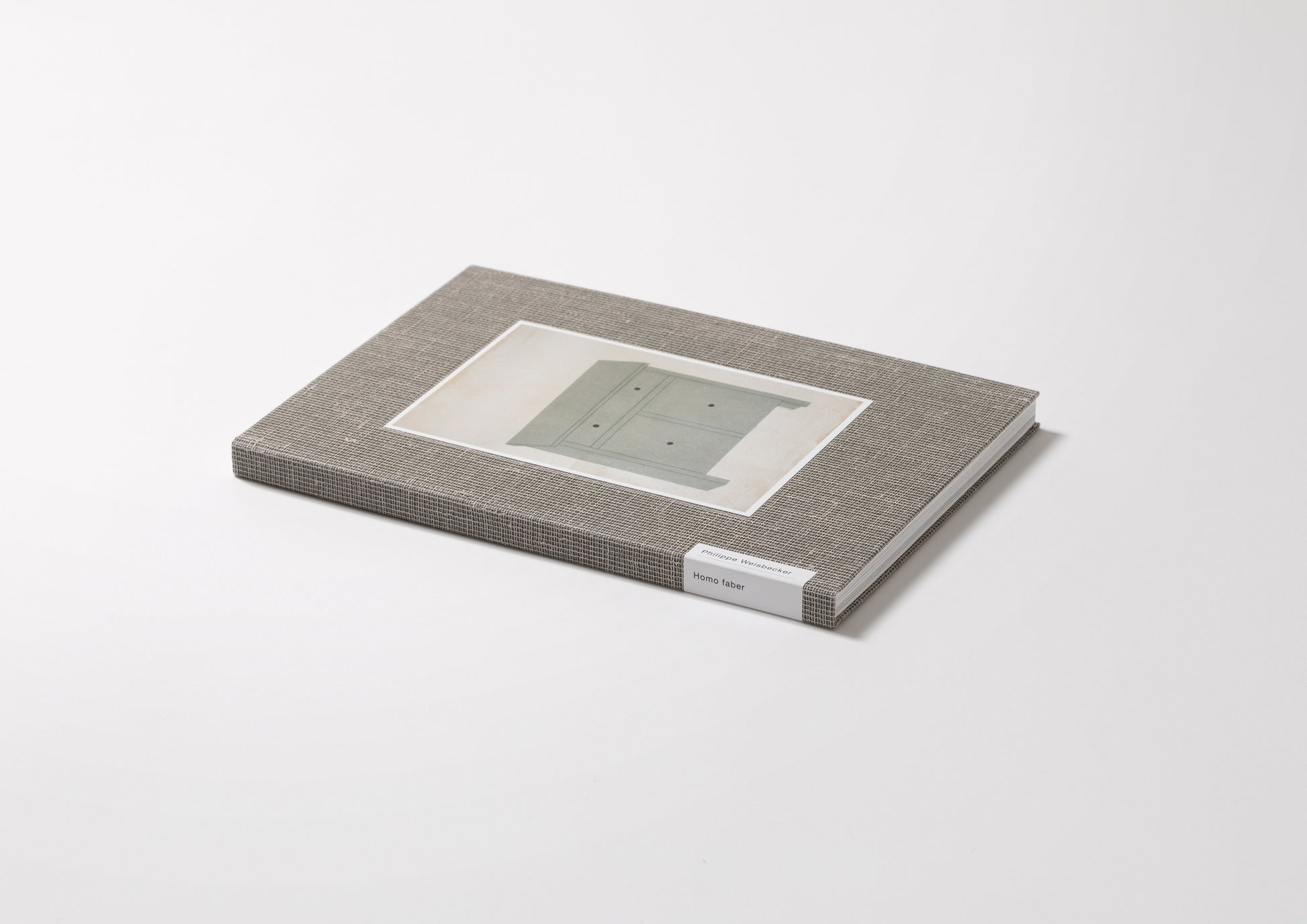Homo Farbell/Philip Weisbecker
Bibliographic Details
- Title
- Homo faber / ホモ ファーベル
- Author
- Philippe Weisbecker / フィリップ・ワイズベッカー
- Editor
- Osamu Kushida / 櫛田 理
- Director
- Osamu Kushida / 櫛田 理
- Publisher
- TOSHO PRINTING CO., LTD. / 図書印刷株式会社
- Year
- 2022
- Size
- w148 × h210 × d10mm
- Weight
- 300 g
- Pages
- 96 page
- Language
- Japanese / English 日本語 / 英語
- Binding
- Hardcover / ハードカバー
- Edition
- Limited Edition of 2500 copies / 限定2500部
- Condition
- As New / 新品
- ISBN
- 978-4-910462-03-5
Photography by Toshiaki Miyamoto 宮本敏明 / Translation & Coordination by Natsuko Kida 貴田奈津子 / Layout Design by Ryosuke Saiki 佐伯亮介 / Book Design by Yoshihisa Tanaka 田中義久 / Cover Textile Design by Reiko Sudo 須藤玲子 / Special Thanks to Kaoru Kasai 葛西 薫 / Sales Cooperation by 無印良品 MUJI BOOKS / Printing and Binding by TOSHO PRINTING CO., LTD. 図書印刷株式会社
Living is work, work is living.
Philip Weisbecker's
Aesthetics of life.
This book is a close-up record of a day in the life of Paris-based Philippe Weisbecker.He is known as an artist who draws everyday objects and objects, and his unique style is popular in Japan. Recently, his work was featured on the wrapping paper of Isetan, which was renewed in 2019, and on the official poster for the 2020 Tokyo Olympics. In recent years, the exhibition "Japan as seen by Philippe Weisbecker - Carpentry tools, buildings, and everyday objects" was held at Takenaka Corporation's gallery "A-Quad" in 2020.It's still fresh in my memory.
SuchThis book explores the source of Philippe Weisbecker's creativity, visiting his home and studio in Paris.Objects collected at flea markets and on tripsAntiquesThe exhibition also features art supplies, tools, and sketchbooks for the works."Gray"Furniture" is the underlying theme of this book. I was in charge of planning and editing.
The main part of the book is composed of seven chapters plus a short essay at the end.
06:00 - 07:00 Wake up
07:00 - 07:30 To the atelier
07:30 - 08:30 Breakfast
08:30 - 10:30 Daily chores
10:30 - 13:00 Production
13:00 - 14:00 Lunch
14:00 - 19:00 Production
Afterword: "Assembling Your Daily Life"
He lives with his wife in a house overlooking the Seine, and wakes up at about 6am every morning. He works in his studio, about a 30-minute walk away, and returns home at 7pm. He spends his days in a very regular way. He prepares his own breakfast and lunch. As you can see, his house and studio are surrounded by simple gray furniture that he made himself, such as stools, storage shelves, tables, and wall-hanging furniture. He modestly says that he paints the furniture gray because imperfections in the paint are less noticeable, but just looking at the furniture makes me feel relaxed, and above all, in terms of the relationship between "ground" and "figure," if you make the artworks, food, and antiques he has collected stand out against the gray background, everyday life becomes artwork, and artwork becomes everyday life. The spirit of "living is work, work is living," which Kanjiro Kawai literally lived by, is alive in the faraway land of Paris.
The stool he made himself is uncomfortable to sit on. His friends have criticized him for this, but he still thinks it is a part of him. In an online conversation with Kaoru Kasai, who wrote the text for the obi, he said, "The simplicity of the furniture makes it more appealing."You can move towards stillness and silence," he said. I agreed with him.Click here for details of the discussion
This book was written by a ParisianThe book is made up of photographs taken by Toshiaki Miyamoto (then a professor at the University of Tokyo). Only a few photographs were able to be included, and it was very difficult to cut them down. The words he narrated are also excellent (translated by Natsuko Kita, who also works in management). I particularly like the words he wrote in the "Production" chapter from 10:30. They are a bit long, but I'll quote them here.
Sometimes it comes on its own,
Sometimes, even if you ask for it, it doesn't come easily.
It doesn't matter what method you use to lure them out.
Find good paper, use a good ruler,
If nothing happens even after choosing a good pencil,
Use your last resort.
Living in the atelier,
A source of accumulated inspiration
Try sticking your nose in it.
(ibid., p.51)
The book's hardware was supervised by textile designer Reiko Sudo.The result is a cloth binding with a wavy mesh pattern. The gauze cloth used in Japanese mosquito nets is backed with black tissue paper. The binding design was done by Yoshihisa Tanaka, who has worked on numerous art books. The printing and binding was done by Tosho Printing Co., Ltd., which publishes the publishing label BONBOOK.As BONBOOKFor the publication of its eighth book, the series has welcomed contributions from a variety of authors across genres, including manga artist Takano Fumiko, poet Hiraide Takashi, and Hattori Kazunari, who also designed the FRAGILE BOOKS logo.
In addition, this book has inspiredThe "HANDMADE" exhibition, which featured Philippe Weisbecker's "self-made furniture", was held in spring 2022.ATELIER MUJI GINZA on the 6th floor of MUJI Ginza was bustling with activity.

By the way, the title of this book, "Homo faber," refers to the creative activity of making and using tools. This is what distinguishes us from other animals.The term was coined by French philosopher Henri Bergson, who said that this is the essence of human activity. Surrounded by furniture he made himself, and with his life and creation inextricably linked, Philippe Weisbecker's daily life quietly exemplifies what a creative person should be like.
Text by Osamu Kushida

Photo by Toshiaki Miyamoto
Philip Weisbecker
Philippe Weisbecker/Born in France in 1942. Graduated from the École Nationale Supérieure des Arts Decoratifs in Paris, he moved to New York in 1968. He has worked on numerous illustrations for American advertisements and editorials, while also producing artwork. He returned to France in 2006. He has deep ties with Japan, and in 2000 he held his first solo exhibition at Creation Gallery G8. In 2002, he stayed at Villa Kujoyama in Kyoto for four months as an artist-in-residence run by the Institut Français du Japon. In 2021, he held a solo exhibition at the Takenaka Carpentry Tools Museum, a public interest foundation. He also worked on the official art poster for the 2020 Tokyo Olympics. He is currently based in Paris and continues to exhibit his works in Europe, the United States, and Japan.
